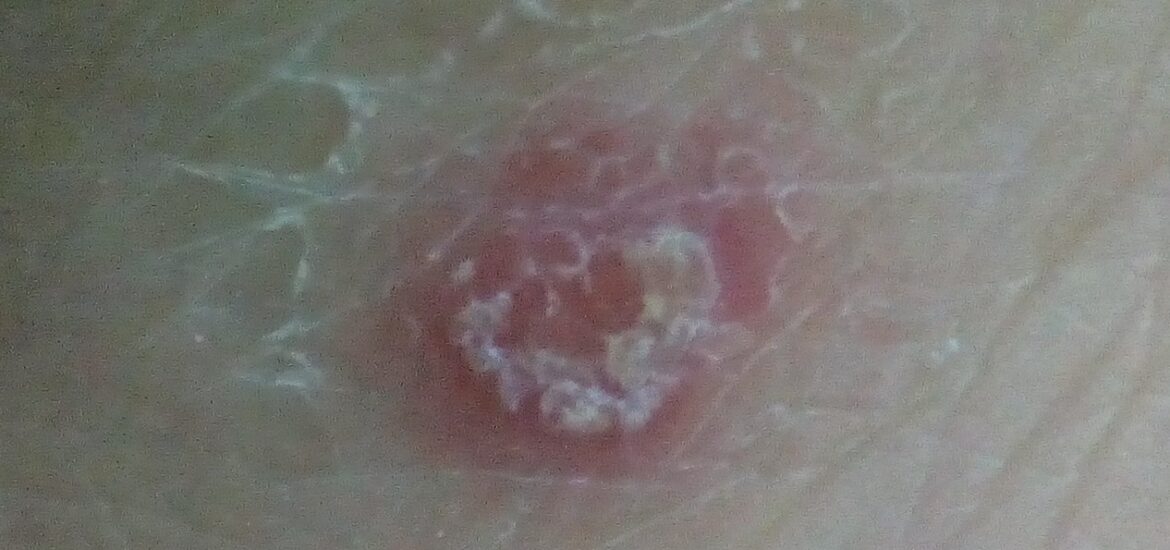If you’re grappling with the aftermath of skin after fungal infection, this article serves as a comprehensive guide to address the crucial steps needed for effective treatment and recovery.

Table of Contents
Identify the Type of Fungal Infection
Knowing the specific kind of fungal infection you’ve contracted is the cornerstone of effective treatment. Fungal infections vary in symptoms, location, and severity. Common types include:
Ringworm: Affects the skin and appears as a circular, red, flat sore.
Athlete’s Foot: Usually starts between the toes, and causes itching and burning.
Jock Itch: Affects the genitals and inner thighs, leading to a red, itchy rash.
Initial self-examination might include observing characteristics such as shape, color, and the presence of an itchy or scaly rash. However, a definitive diagnosis usually requires medical testing, such as skin cultures or even a biopsy.
Consult a Dermatologist
A dermatologist is a skin specialist with the expertise to confirm your initial diagnosis and prescribe a treatment plan tailored for you. They may conduct additional tests such as skin scrapings, culture tests, or a biopsy. Once a diagnosis is confirmed, the dermatologist will create a treatment plan that may include a combination of medications and lifestyle adjustments.
Follow Medication Regimen
Adhering to the medication regimen is essential for effective treatment. Topical antifungal creams usually have to be applied for a specified period, often beyond the disappearance of visible symptoms. If oral medications are prescribed, make sure to complete the entire course even if you feel better midway to ensure the fungal infection is fully eradicated.
Maintain Skin Hygiene
Proper skin hygiene cannot be overstated. The affected area should be washed daily with mild soap and water. Rubbing the area harshly can exacerbate the infection; hence a gentle patting motion should be used to dry the skin. Clean towels should be used, and these should be washed regularly to prevent re-infection.
Use Moisturizers Sparingly
Applying a moisturizer might seem like a good idea to alleviate dry and itchy skin, but caution is advised. A moisturized environment can sometimes encourage fungal growth. If you must moisturize, choose an oil-free and non-comedogenic product and use it sparingly.
Monitor for Recurrence
Keep a vigilant eye on your skin even after completing the treatment. Fungal infections have a habit of recurring, especially if you expose yourself to the same environment that led to the initial infection. Noticeable signs of a recurring infection could include mild itching, redness, or peeling of the skin. Should these symptoms reappear, consult your dermatologist immediately for a prompt intervention.
Skin After Fungal Infection [Other Issues]
Below are links to articles on this site that cover other skin after fungal infection issues not covered in this article:
Black Skin After Fungal Infection: Causes & Solutions
Can Fungal Infection Cause Skin Discoloration? Answered
Dry Skin After Fungal Infection: How to Heal & Prevent
Skin Peeling After Fungal Infection: How to Deal with It
Red Skin After Fungal Infection: 3 Causes & Sure Solutions
How Long Does Fungal Infection on Skin Last? Complete Guide
Can Fungal Infection Cause Skin Rash? – Unraveling the Truth

